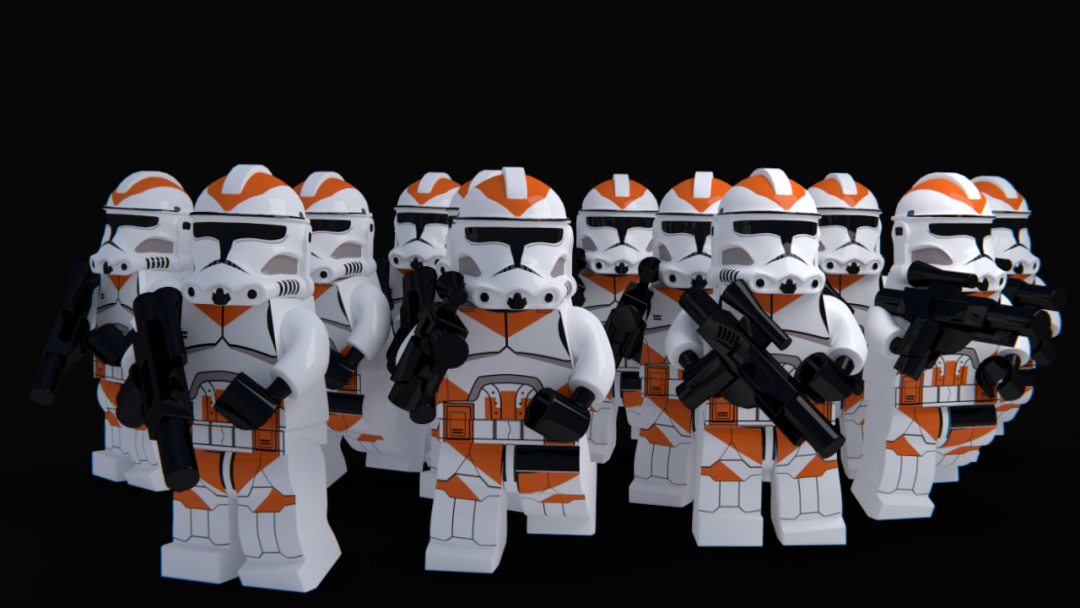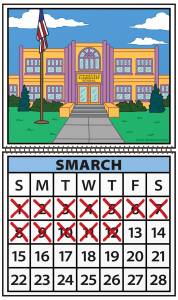Should professional designers use templates?
Yes, designers should use templates (sometimes). There’s nothing wrong with a designer relying on template-based design for the right project. This is especially true with web design.
For this post, I’m focusing on the process of working with WordPress templates and themes. This is no different than cloning and skinning games, apps and other interactive projects.
The benefits of using templates can outweigh the drawbacks under the right circumstances. The biggest factors being complexity, innovation, and sophistication of the user experience. Templates can be an excellent starting point for small projects. They help with creative design and rapid development.
Benefits of template-based design
The web is cooperative, participatory, and evolutionary. In other words, it’s built by people working together. The goal is to figure stuff out and move technology forward. Sharing is a big part of this.
Templates can be a means of virtual collaboration and the sharing of solutions. Why reinvent the wheel? Many development problems are already solved. Oftentimes there is no need to repeat the effort.
Browser and device compatibility are at the top of the list. If a template provides a robust framework, it solves a lot of troubleshooting problems. And this is before development work even begins. By using solid templates, designers begin their work closer to the finished, functional end-product.
There are loads of technical reasons why templates are fantastic. In the WordPress world, they offer endless modular solutions. Need a calendar on your Events page? Enable a module or install a plugin and presto, you’re good to go.
Compare that to the cost and effort of writing a calendar widget. Ready-built, turnkey solutions are a huge upside of template-based design and development. Beyond that, templates have already gone through rounds of quality assurance. Want to save time debugging? Use a premium template.
On the creative side, templates are best for speed and guidance. Reverse engineering a template layout is faster than designing from scratch. A lot of the composition and layout design decisions are already complete. The speed benefit of a template is that grid elements are in place. They don’t need the scaffolding and framework development of an original layout. This leads to less front-end development work for the creative designer.
The act of selecting a template means somebody already likes the layout. This frees the creative mind to focus on design and content. Additionally, not all designers have years of experience. Using a template can help beginning designers. It steers them closer to expected or “standard” design solutions.
Template stigmas and drawbacks
I’ve run into the occasional developer that swears by “clean, elegant code.” They believe that performance and originality suffer when using templates. In their opinion, real designers and developers don’t use templates at all. Templates lead to cookie-cutter results, templates are messy, templates are for hacks, etc.
Those are just elitist, professional opinions. Most people aren’t professional web developers. They don’t have the ability or desire to critique development on this level. If you’re trying to impress someone in a job interview, code elegance might be important. Other than that, it’s just a matter of opinion.

To be clear, there are real drawbacks to using pre-built templates, themes, and frameworks. As long as you understand their deficiencies, you can make an informed decision. The biggest drawback is that most templates include more features than your website needs. They include development frameworks that account for every possible feature.
These frameworks introduce a lot of extra code (CSS, JavaScript, PHP, etc.) that is never executed and sits unused. This leads to “code bloat” that can slow the loading and download times of simple sites.
Even worse, the template you’re implementing might contain leftover, junk code. Junk code is extra code that has nothing to do with your current template. The developer may have just been sloppy, lazy or forgetful. When there are thousands of lines of someone else’s code, it’s tough to know what’s necessary. Some code slips through and adds to code bloat and performance issues.
The other major drawback to using templates is the fear of limitation. This fear is relative to a developer’s ability to customize a template’s core files. If you’re a seasoned developer, you’ll have little trouble modifying a template. If you have fewer technical skills, then the handcuffing problem might be a real concern. In that case, do your research upfront. Find a template that includes all the site features you need (problem solved).
Templates and custom design
Good templates give designers a lot of flexibility to be original and creative. You can use templates and still choose attractive typography. You can display exciting colors. You can craft a meaningful brand message. You can write interesting copy and showcase expressive photography. You can create a unique user experience.
Your hands aren’t tied to the design choices in the original template.
An experienced designer can make a design that’s unrecognizable from the template’s stock design. The best use of a template is a jumping off point into something original. On the flip side, the worst use results in a boring visual clone without customization.
This leads to the general problem of “cloning” something without making it unique. This happens whether you use a template or not. Most designers clone their previous work more often than they’d like to admit.
The reason is that you get what you show. Oftentimes clients pick something in your portfolio and request work along the same lines. The goal of their project then becomes to create a copy of something else (a clone). In this case, copying yourself can be the right move but not creative or original.

The point is that templates aren’t to blame for lackluster, copy-cat design. Cloning and bad design happen regardless of templates. Custom, creative design happens whether you start from scratch or from a popular theme. It’s much more about execution and ingenuity. The starting point in the design process matters less than the results.
So I say yes, use themes, templates and frameworks. They save time and offer technical benefits that outweigh the potential performance drawbacks. They don’t stifle creativity. They enable designers to focus on presentation and content. Templates enable designers and developers to offer their clients better products.
And who doesn’t want more features at a lower price?








